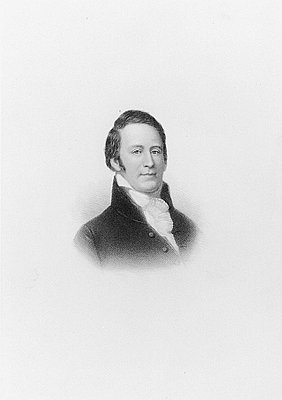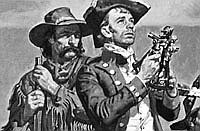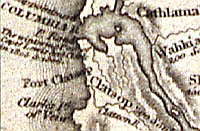Louisiana Purchase
In September 1803, Meriwether Lewis descended the Ohio River on a keelboat that had been built to his specifications in Pittsburgh. Getting the fifty-five-foot-long boat finished had been nearly the last task in his months-long preparation for the Expedition. Jefferson requested that his fellow members of the American Philosophical Society contribute to the effort by instructing Lewis in surveying methods, navigational instruments, medicine, and mathematical calculations. Robert Patterson of Lancaster, Pennsylvania, schooled Lewis on surveying and navigational instruments, including the artificial horizon and sextant. Benjamin Rush, among America’s first European-trained medical doctors, gave Lewis a short course on physical maladies and their treatment, plus he sent him off with a cabinet of medicines, including “Rush’s Thunderbolts,” a high-powered laxative for purging all that ailed the unwell. Lewis finished up his tour at the U.S. arsenal at Harper’s Ferry, where he acquired the latest rifles and two swivel guns.
During the months Lewis prepared for the journey, Jefferson’s administration had been busy negotiating a history-making deal with French emperor Napoleon’s ministers in Paris for acquisition of a vast swath of real estate west of the Mississippi River. In a stunning political achievement that was partly fortuitous and decidedly imperial, Jefferson had ratcheted up the national political importance of the Expedition by more than doubling the size of America’s claimed territory.
The American purchase of Louisiana Territory reflected Jefferson’s concern about the immediate future of the nation’s western territories—the landscape beyond the Appalachians—and his broader imperial vision that included Americans settling lands west of the Mississippi River. He fully expected expansion beyond the Mississippi, but he worried that Spanish administration of the region was so weak that another foreign power might move in and block American settlement. “My fear,” he had written to a correspondent in 1786, “is that they [Spain] are too feeble to hold them till our population can be sufficiently advanced to gain it from them piece by piece.”
When he learned that Spain had secretly returned Louisiana to France, the most powerful nation in Europe, his worry increased. Control of New Orleans and commercial use of the Mississippi held the key to the entire western region, and for Jefferson any foreign possessor of the city was “our natural and habitual enemy.” Napoleon owning New Orleans was a different matter than the weakened Spanish, so he acted with dispatch, sending James Monroe to Paris with instructions to buy New Orleans and as much adjacent territory as possible. The French shocked the American envoy with an offer to sell all of Louisiana. Knowing Jefferson’s mind and diplomatic intentions, Monroe readily accepted. For fifteen million dollars, the United States enlarged its empire by more than 500 million acres.
© William L. Lang, 2004. Updated and revised by OHP staff, 2014.
Sections
Related Historical Records
Captain Meriwether Lewis
This copy of an 1807 oil painting by Charles Willson Peale depicts the famed explorer Meriwether Lewis. Lewis is best known for his leadership of the Corps of …
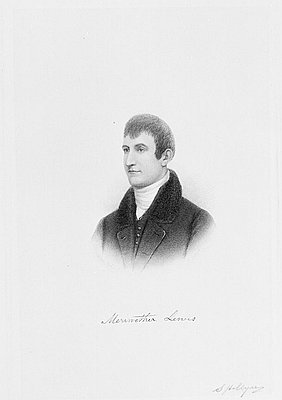
York
This image is a detail from Richard Haas’ 1989 mural on the west side of downtown Portland’s Sovereign Building, home of the Oregon Historical Society. It depicts York, …
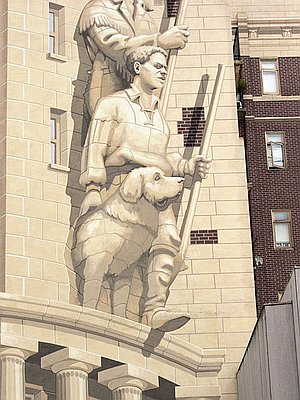
Captain William Clark (1770-1838)
William Clark was born on August 1, 1770, near Charlottesville, Virginia, the sixth son of plantation owners John and Ann Rogers Clark. After the Revolutionary War, the …
